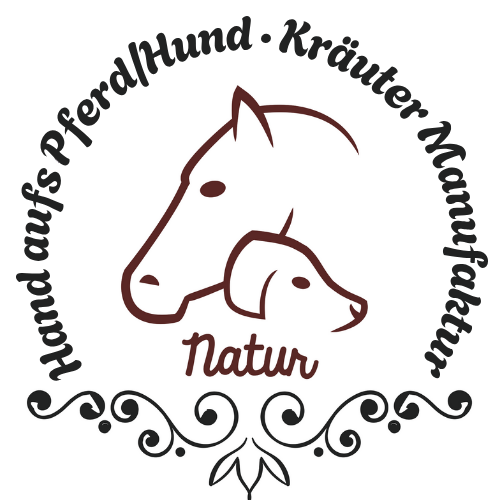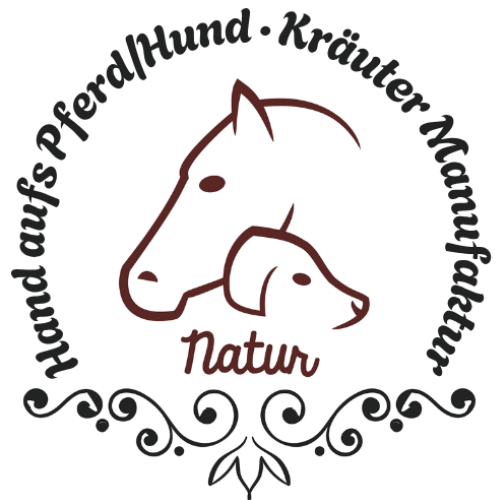
Osteoarthritis in horses
Osteoarthritis in horses - what helps
Overview of the joints
A horse's joint, especially the fetlock joint, is a complex system that plays a key role in mobility and power transmission from the muscle to the hoof. A joint is generally formed by the fusion of two or more bones, which are connected and stabilized by various structures such as cartilage, tendons, ligaments, and the joint capsule. I will explain the structure using the fetlock joint in horses as an example:
Structure of the fetlock joint in horses:
- Bones : The fetlock joint is formed by the pastern, cannon, and coronary bones. These bones are connected to each other by articulation.
- Articular cartilage : Covers the ends of the bones in the joint and acts as a cushion to minimize friction between the bones and distribute the load evenly.
- Joint capsule : A membrane that surrounds the entire joint and forms an enclosed space, called the synovial cavity, in which the synovial fluid is located.
- Joint fluid (synovia) : This fluid supplies the cartilage with nutrients and lubricates the joint to enable smooth movement.
- Ligaments : These consist of strong connective tissue and serve to stabilize the joint. In the fetlock joint, the suspensory ligament and the collateral ligaments are particularly important.
- Tendons : The flexor tendons run behind the fetlock joint and are responsible for flexing the joint, while the extensor tendon enables the extension of the joint.
Function of the joint:
The fetlock joint is subject to particularly high levels of stress due to its location and function. It acts as a shock absorber, allowing the horse to absorb and control the forces generated during galloping or jumping. The correct function of this joint is crucial for a horse's performance and well-being.
Diseases and injuries of the joints:
The fetlock joint can be subject to various diseases and injuries, including arthritis/osteoarthritis, inflammation of the joint, tendon injuries, and damage to the articular cartilage. Such problems can lead to pain, stiffness, and reduced performance.
To ensure the health of the horse and its joints, appropriate care and management is essential, including:
- Regular exercise : Steady, moderate exercise promotes blood circulation and keeps joints supple. Therefore, daily exercise and appropriate training are important to strengthen joints and maintain their function.
- Balanced diet : A diet that provides all the necessary nutrients, including those beneficial for joint health such as glucosamine and chondroitin sulfate, can help prevent joint problems.
- Weight management : Excess weight places additional strain on the joints and can promote wear and tear. It's important to control the horse's weight to avoid unnecessary strain on the joints.
- Regular hoof care : Correct trimming and, if necessary, shoeing of the hooves is essential to prevent misalignment of the limbs and to protect the joints.
- Rest and recovery : After intense training sessions or competitions, your joints need time to recover. Adequate rest between training sessions helps prevent overuse injuries.
- Early detection of problems : If signs of lameness or other irregularities in movement are observed, a veterinarian should be consulted immediately to detect and treat possible joint problems early.
- Preventive measures : These include vaccinations and deworming treatments, which help prevent diseases that could indirectly affect joint health.
Comprehensive management and careful monitoring can help maintain the health and performance of a horse's joints throughout its lifespan. For commercial equestrian horses and performance-oriented breeding animals, investing in regular feeding of joint nutrients can pay off to optimize joint function and overall mobility.
Osteoarthritis in horses
Osteoarthritis, also known as degenerative joint disease (DJD), is a common and progressive joint disease in horses. It occurs when the protective cartilage lining the ends of the bones in joints wears away or becomes damaged. This leads to friction between the bones, causing pain, swelling, and limited joint mobility.
Causes:
Osteoarthritis can be caused or worsened by a variety of factors, including:
- Age : Older horses are more prone to osteoarthritis due to the natural wear and tear of the joints over time.
- Overload : Excessive or inappropriate stress, such as that which may occur during intensive training or in competitive sports.
- Injuries : Joint injuries can lead to osteoarthritis because damaged cartilage tends not to regenerate completely.
- Joint misalignments : Abnormalities in joint structure or alignment can lead to uneven loading and increased wear.
- Genetic predisposition : Some breeds or individuals have a higher susceptibility to developing osteoarthritis.
- Inflammatory joint diseases : Conditions such as rheumatoid arthritis can directly damage cartilage and lead to osteoarthritis.
Symptoms:
The symptoms of osteoarthritis in horses can vary but typically include:
- Lameness or changes in gait : This is often the first sign of osteoarthritis.
- Swelling : Fluid accumulation in the joint can lead to visible swelling.
- Stiffness : The horse may have difficulty moving, especially after periods of rest.
- Restricted movement : The joint can no longer be moved fully or without pain.
- Pain reaction : Touching or pressure on the affected joint can trigger a pain reaction.
Diagnosis:
To diagnose osteoarthritis, veterinarians can use the following tests:
- Clinical examination : assessment of symptoms, degree of lameness and joint mobility.
- Imaging techniques : X-rays are standard and show changes such as joint space narrowing, bone spurs and other structural alterations, while more advanced techniques such as ultrasound, magnetic resonance imaging (MRI) or computed tomography (CT) can provide detailed insights into the condition of cartilage, joint capsules and adjacent structures.
- Synovial fluid assessment : An analysis of the synovial fluid can help determine the degree of inflammation in the joint and rule out other joint diseases.
Treatment:
- Medications : NSAIDs (nonsteroidal anti-inflammatory drugs) are used to relieve pain and inflammation. Side effects and long-term use should be closely monitored to avoid gastrointestinal problems or kidney damage.
- Dietary supplements : Glucosamine and chondroitin as well as Omega 3 + 6 fatty acids can keep the joint cartilage in balance-
- Intra-articular therapies : Corticosteroids, hyaluronic acid and other anti-inflammatory medications can be injected directly into the affected joint to reduce pain and inflammation.
- Weight management : A healthy weight is crucial to avoid unnecessary strain on the joints.
- Movement management : It is important to find an appropriate movement regime that does not overload the joints but still promotes mobility and strengthens the muscles.
- Physical therapies : Cold and heat applications, hydrotherapy, acupuncture, and chiropractic may provide additional relief.
- Surgical approaches : In advanced cases or when other treatments are not sufficiently effective, surgical interventions may be considered.
Management and prevention of osteoarthritis:
To manage and prevent osteoarthritis in horses, continuous exercise and proper training are essential. This includes:
- Regular and appropriate exercise : Helps strengthen muscles and keep joints flexible.
- Adjusting workload : Avoiding training that is too intense or irregular can help.
- Care and maintenance of the hooves : Regular trimming and shoeing of the hooves helps to maintain correct limb position and function and thus reduces the risk of unnecessary strain on the joints.
- Balanced diet : A balanced diet with sufficient amounts of essential nutrients is important for maintaining healthy joints.
- Joint protection : Using bandages or gaiters while training can help protect your joints.
- Early detection and treatment of injuries : Prompt and appropriate treatment of injuries can reduce the risk of secondary osteoarthritis.
Osteoarthritis in horses – Arthrosis in horses is no longer an incurable disease.
It is certain that the cartilage and the Bone The horse's cells can regenerate due to the constant breakdown and rebuilding of cells.
The articular cartilage in horses is very stable and can withstand enormous stress. It consists of water and sugar protein, as well as several layers of collagen fibers. The cartilage cells themselves constantly receive impulses for new formation, just as bone undergoes ossification. If this mechanism is disrupted by weakness, disease, or even incorrect impulses, osteoarthritis sets in.
Source: Martina Hemm June 2025
Hand aufs Pferd/Hund Kräuter Manufaktur
Joint herbs for horses - running fun
Split



